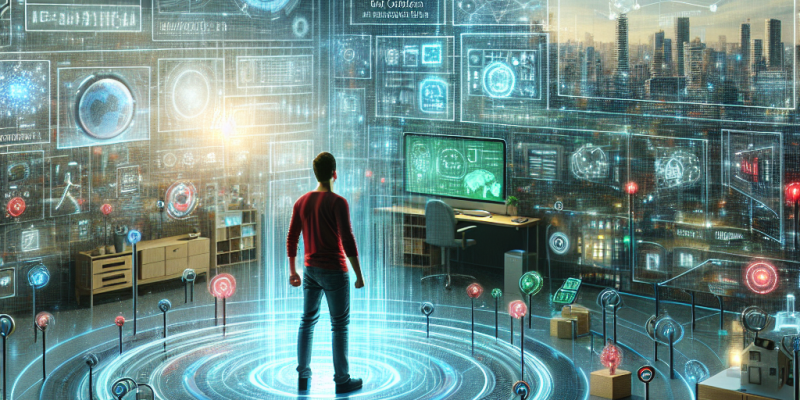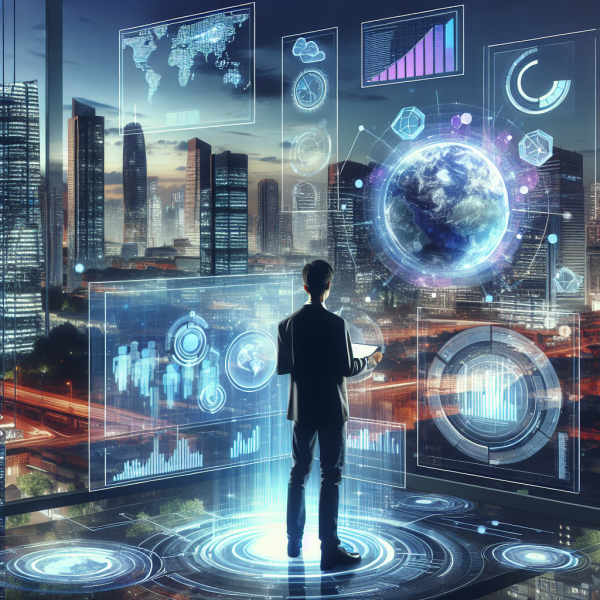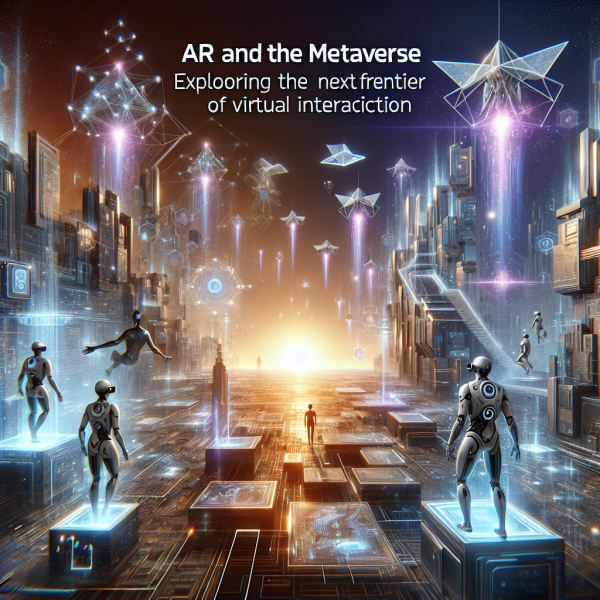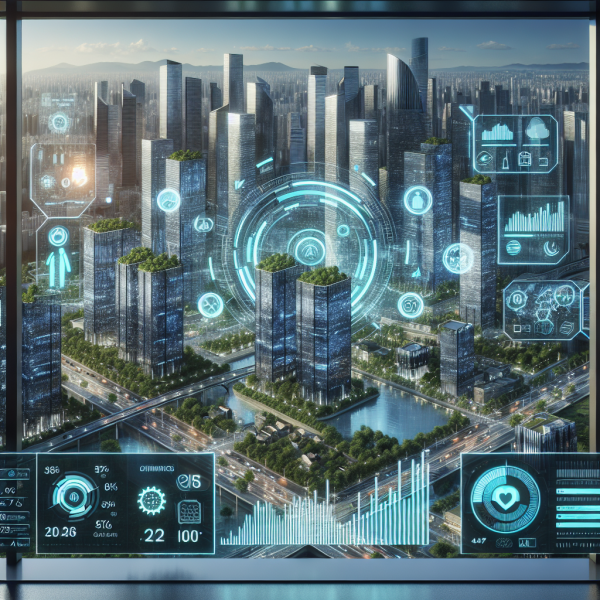Revolutionizing Connectivity: The Latest Breakthroughs in IoT Technology

The Internet of Things (IoT) has evolved from a futuristic concept into a pivotal force shaping industries, economies, and lifestyles. As billions of devices become interconnected, the demand for seamless, efficient, and secure communication has never been greater. Recent breakthroughs in IoT technology are paving the way for transformative changes that promise to revolutionize connectivity, enhance user experiences, and address the growing challenges of data management and security.
1. Advanced Communication Protocols
One of the most significant advancements in IoT technology is the development of new communication protocols designed to enhance connectivity. Low Power Wide Area Networks (LPWAN), such as LoRaWAN and Sigfox, have emerged as alternatives to traditional cellular networks, enabling devices to communicate over long distances while consuming minimal energy. This is particularly beneficial for applications like smart agriculture, environmental monitoring, and smart cities, where devices may be deployed in remote or hard-to-reach areas.
Additionally, the introduction of 5G technology is a game-changer for IoT connectivity. With its ultra-low latency, increased capacity, and faster data speeds, 5G facilitates real-time communication among devices. This is critical for applications such as autonomous vehicles, telemedicine, and augmented reality, where timely data exchange can mean the difference between success and failure.
2. Edge Computing: Processing Power at the Edge
Data generated by IoT devices is growing at an unprecedented rate, leading to challenges in data storage and processing. Enter edge computing, an innovative solution that processes data closer to the source rather than relying solely on centralized cloud servers. By performing computations at the edge of the network, real-time insights can be generated quickly without the need for extensive back-and-forth data transfer.
This approach not only reduces latency but also alleviates bandwidth constraints and enhances security by minimizing the amount of sensitive data transmitted over the internet. Industries such as healthcare, manufacturing, and smart home technology are already leveraging edge computing to optimize performance, enhance automation, and improve decision-making processes.
3. AI and Machine Learning Integration
Artificial intelligence (AI) and machine learning (ML) are becoming indispensable components of IoT ecosystems. These technologies enable devices to analyze vast amounts of data in real-time, identifying patterns, predicting outcomes, and automating responses. For instance, smart homes equipped with AI-driven devices can learn user behaviors, optimize energy consumption, and even foresee maintenance needs, offering a personalized user experience.
Moreover, AI-powered analytics can provide businesses with invaluable insights into customer preferences, operational efficiencies, and market trends, facilitating data-driven decision-making. This synergy of IoT with AI is not just a trend but a transformative shift that enhances the functionality and utility of interconnected devices.
4. Enhanced Security Measures
As IoT devices proliferate, so do concerns about security and data privacy. Recent breakthroughs in cybersecurity for IoT include the implementation of end-to-end encryption, biometric authentication, and blockchain technology to ensure secure communications and data integrity. These measures help to protect devices from unauthorized access and potential cyberattacks.
Furthermore, the development of self-healing networks is an exciting advancement in IoT security. These networks can automatically detect and respond to anomalies, ensuring continuous operation even in the face of security threats. As organizations increasingly rely on connected devices, robust security protocols are paramount to safeguarding sensitive information and maintaining user trust.
5. Sustainable IoT Solutions
Sustainability is becoming a focal point in the evolution of IoT. New technologies are being developed to reduce the environmental impact of IoT devices and networks. Innovations such as energy harvesting technologies can capture energy from the environment, powering devices without the need for conventional batteries, thus reducing electronic waste.
Smart city initiatives are also leading the way in sustainable IoT applications. Connected sensors can monitor air quality, optimize traffic flow, and manage waste disposal, ultimately contributing to smarter, healthier urban environments. By leveraging IoT for sustainability, cities can enhance the quality of life for residents while addressing pressing environmental challenges.
Conclusion
The latest breakthroughs in IoT technology are setting the stage for a new era of connectivity, where devices seamlessly communicate and collaborate to improve efficiency, security, and sustainability. From advanced communication protocols to the integration of AI and edge computing, these innovations are not only enhancing user experiences but also driving transformative changes across industries. As the IoT landscape continues to evolve, organizations and consumers alike must embrace these advancements to fully harness the potential of a connected world, revolutionizing the way we live, work, and interact with our environment.













